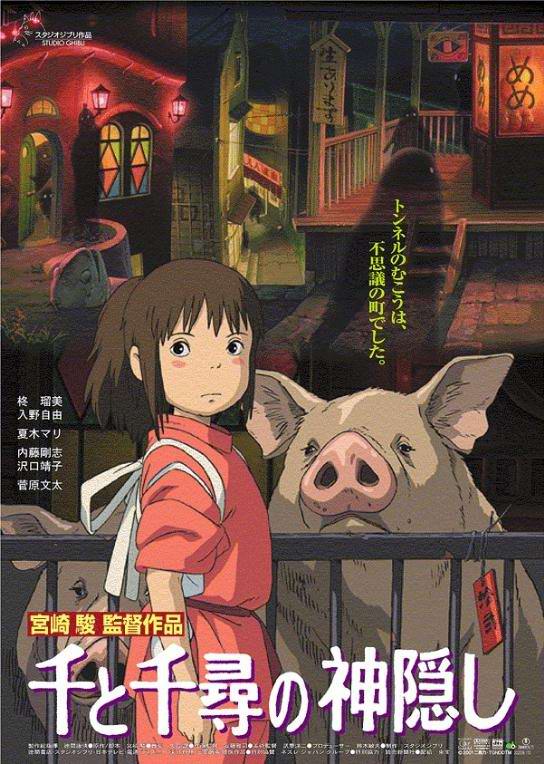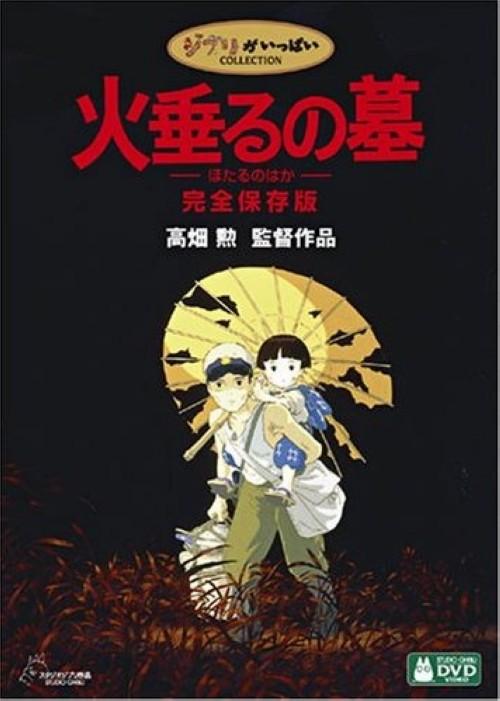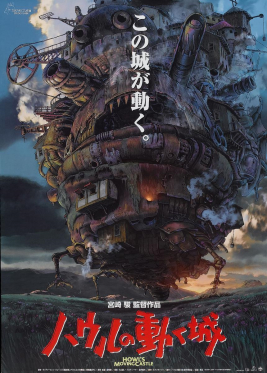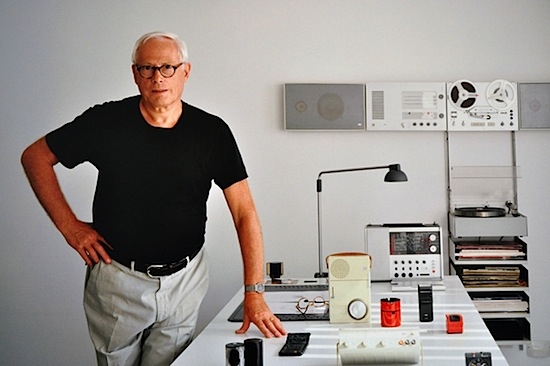Blizzard Entertainment.
 |
| Blizzard entertainment. |
Blizzard entertainment is an America developer and publisher found on 8 February 1991, under the name Silicon and Synapse by three graduates of the UCLA, Micheal Morhaime, Allen Adhamand , Frank Pearce, and is currently a sublisidiary of America company Activision Blizzard. Blizzard Entertainment had produce many series of classic games such as Warcraft, Starcraft and Diablo. Those games had high rating in entertainment industry. Activision Blizzard officially incorporated into Vivendi Universal company at 9 July 2008 and become an independent company from parent company at July 2013.
 |
| World of Warcraft : Orcs and Humans. |
History
At 1991, Three graduates of the University of California, Los Angeles, Micheal Morhaime, Allen Adhamand , Frank Pearce created Silicon and Synapse. They started design and develop simple board games. At 1992, they developed their first video game "The Lost Vikings", and they became the first video game in America apply to Nintendo, the Japan entertainment company. The second video games develop by them and apply to Nintendo was "Rock n Racing". At 1994, they changed their company name to Blizzard, with 15 staff including programmers, designers, draftsmen, and sound engineer and released their first video games "World of Warcraft : Orcs and Humans" label by Blizzard entertainment at the same year.
Company Management.
They don't use media to press speculation with them. At 1998, Allen Adhamand resigned from CEO to company Director chairman and Micheal Morhaime replaced CEO place. But nobody except Blizzard staff know about this thing happen and no affect to their market sale. They kept their spirit and passion on their design and development and design of their video game. All their staff are real gamer, every staff need to spend their love in video game. They no to be seeing enemy to who are quit for company and built their own career and show respect their will to built.
Succeed Key
Until 2000, Blizzard Entertainment had develop to a 150 employee, game development and technology famous company, and strength enough to warrant the development of two games at the same time.















































